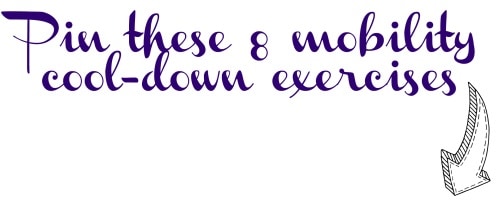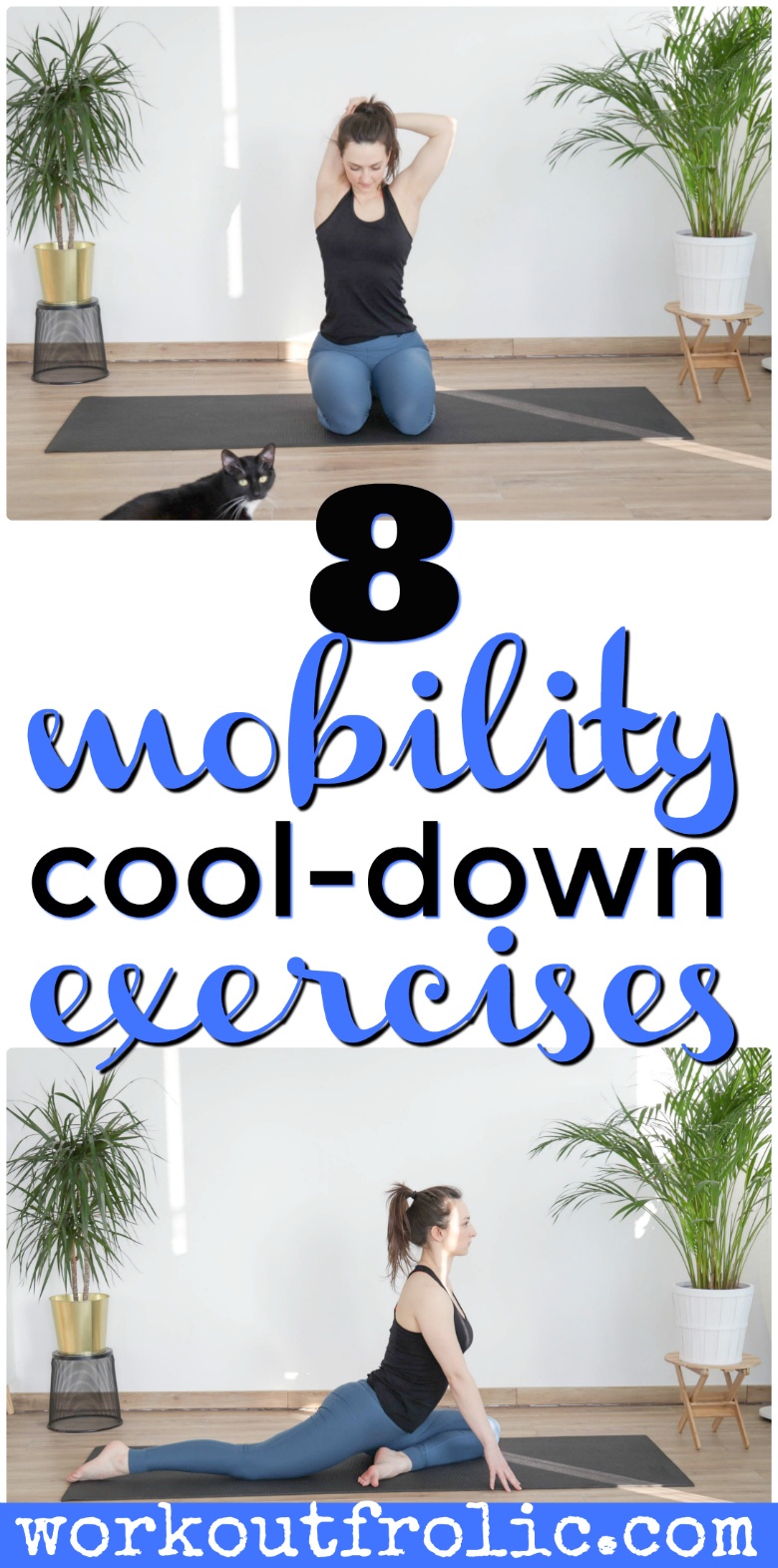While we tend to place bigger importance on working out and establishing good eating habits, working on mobility and doing regular stretching/yoga exercises should receive equal attention, as it’s a key component of injury prevention.
A well-rounded fitness program includes all aspects of health, strength, endurance, and cooldown mobility exercises:
1. damaging muscle fibers through resistance training to initiate the muscle repair and growth process;
2. adequate nutrition to support that growth process, and
3. mobility exercises to encourage faster recovery and improve the range of motion.
I know workouts are more fun but hey – sometimes you gotta do what’s necessary.
And stretching those tight hips, hammies, glutes, etc. after a workout is definitely needed.
Not only for the numerous physical benefits, but just for comfort’s sake as well.
I mean, who likes the feeling of stiffness!?
The importance of mobility work
Mobility is the ability to move our bodies unrestricted, without pain, and express a full range of motion through different joints.
I’ve talked so many times about how important having a proper form for exercise is.
A problem arises whenever we simply don’t have the needed range of motion in our joints to do that and thus become more susceptible to injuries.
For example, you might not be able to go deep enough in a squat or hold on to the bar in a front rack position.
In this case, it’s advised to first work on and improve your mobility through routines like the one below, before loading any weights on the bar.
It’s a simple rule I go by – form comes first.
Of course, we should always take into consideration the individual physic of each athlete and how that transfers to their movement patterns.
In general, if you don’t meet the standard requirements for a certain exercise – decrease the weight and focus on mobility.
Related read to the Cooldown Mobility Exercises article: Flexibility training: How to fix muscle imbalances and improve posture
The Cooldown Mobility Exercises
These 8 yoga/mobility exercises are amongst the ones I most commonly do either after a workout as a cool-down, or at home on my rest days.
They target almost every muscle in the body and I love it.
I am no yogi for sure, but I do appreciate a good, long stretching session to lengthen my compressed from strength training muscles.
Just remember to never force a pose, if it feels painful, or wrong.
Some discomfort is, of course, absolutely normal, especially when you’re sore.
Try to stay in each pose for at least 30 seconds.
For most people, one side will always be stiffer than the other, so don’t be alarmed.
For those of you, who feel like you need a little more focus on the lower back, I have a great routine here, specifically designed to combat lower back pain and anterior pelvic tilt.
I hope you find this cool-down stretching routine useful:
- Downward Facing Dog
- Upward Facing Dog
- Inner Thigh Stretch
- Deep Squat Stretch
- Pigeon Pose
- Pretzel Stretch
- Tricep & Shoulder stretch
- Child’s pose
Downward Facing Dog
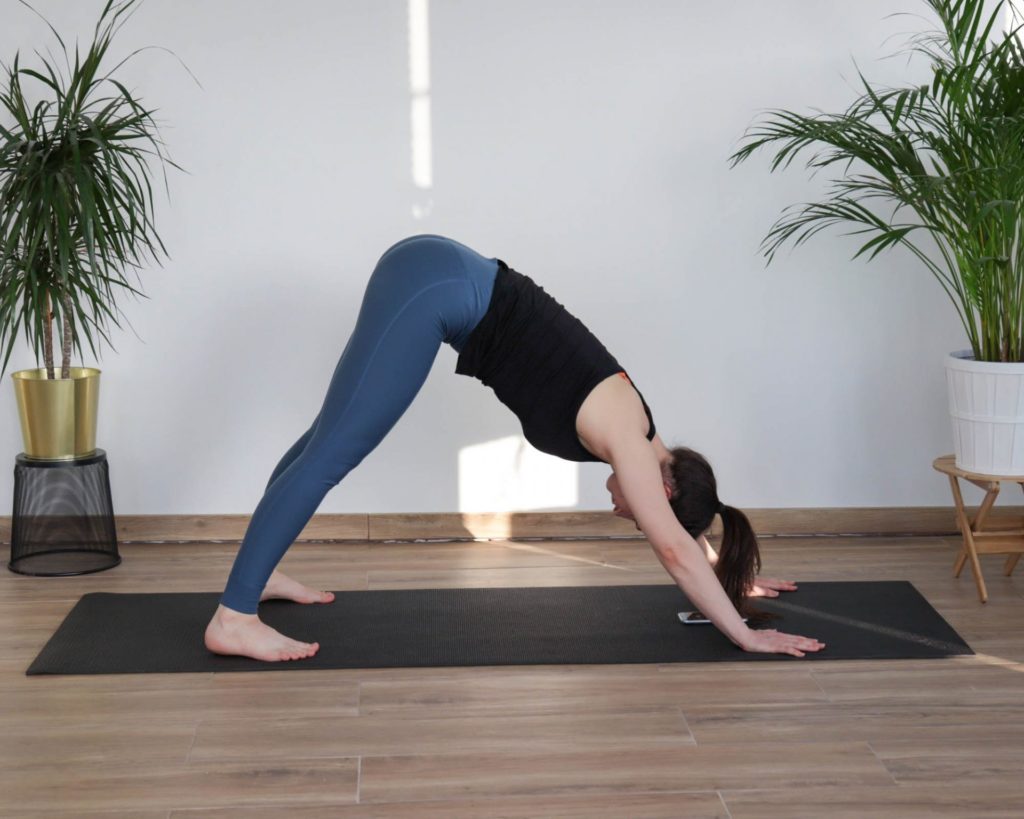
Ease into that pose and start by “pedaling” with your feet until your hammies slowly lengthen and you can put your whole foot on the ground.
If you’re still not there yet, that’s fine too. Just keep practicing, it’ll come.
Related read to the Cooldown Mobility Exercises article:
Hyperice Hypervolt Massage gun in-depth review
Upward Facing Dog
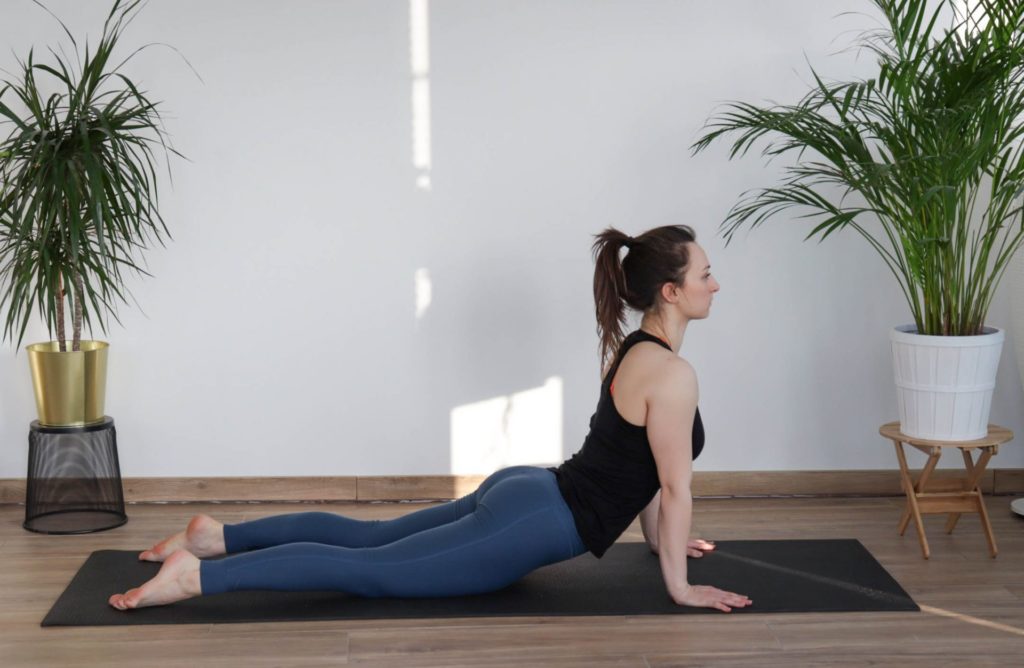
Inner Thigh Stretch
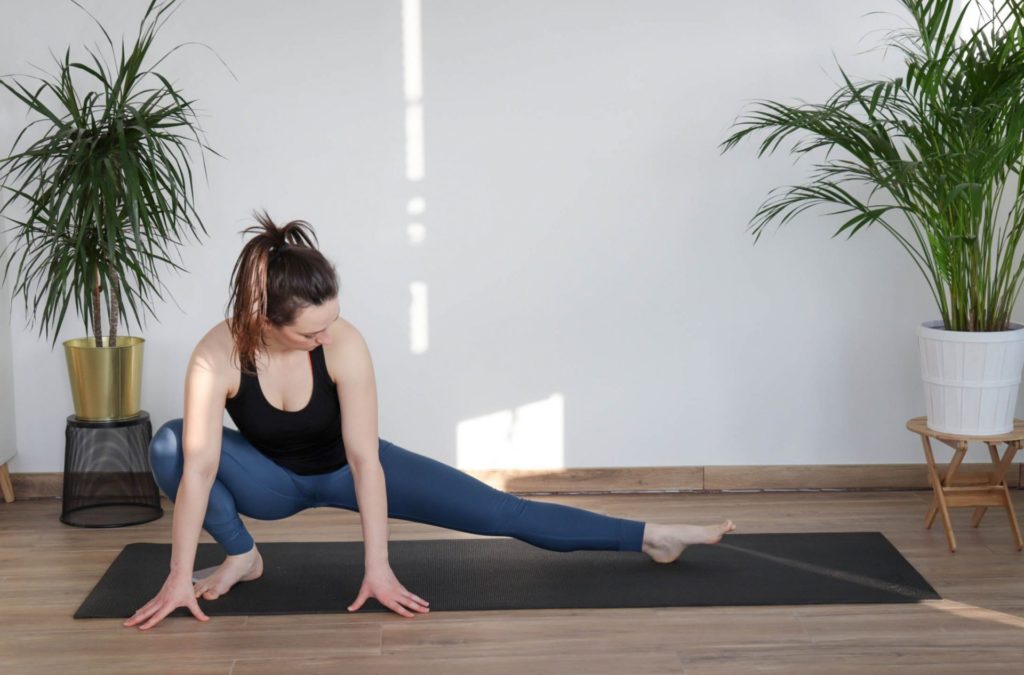
On both sides!
Related read to the Cooldown Mobility Exercises article:
5 Things You Must Do After A Workout
Deep Squat Stretch
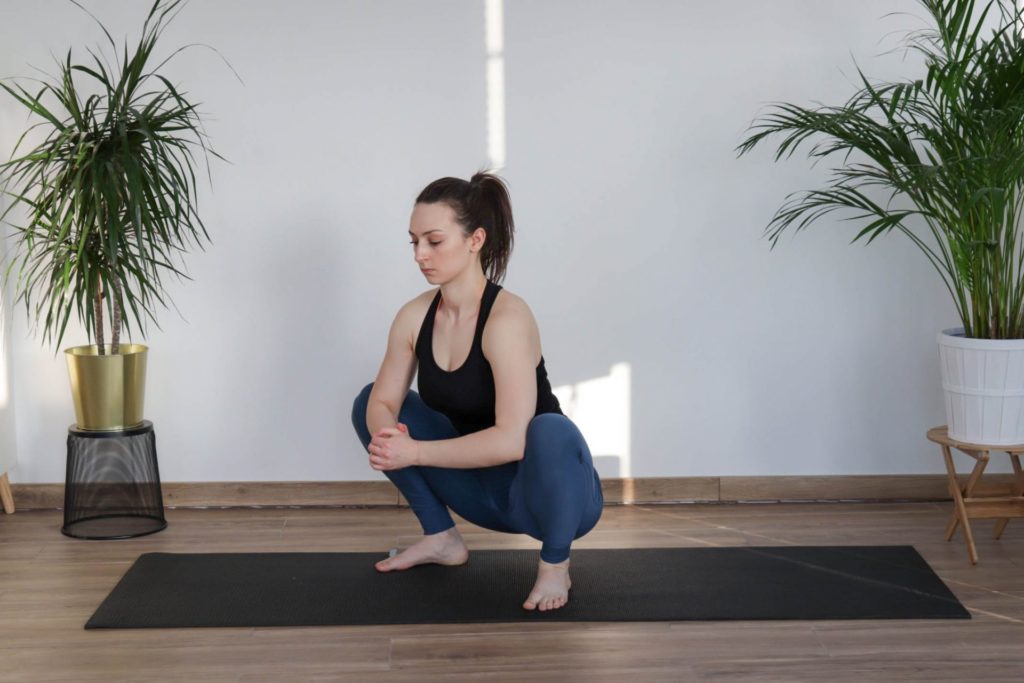
Just remember – keep your spine neutral! Push your knees open with your elbows.
Pigeon Pose
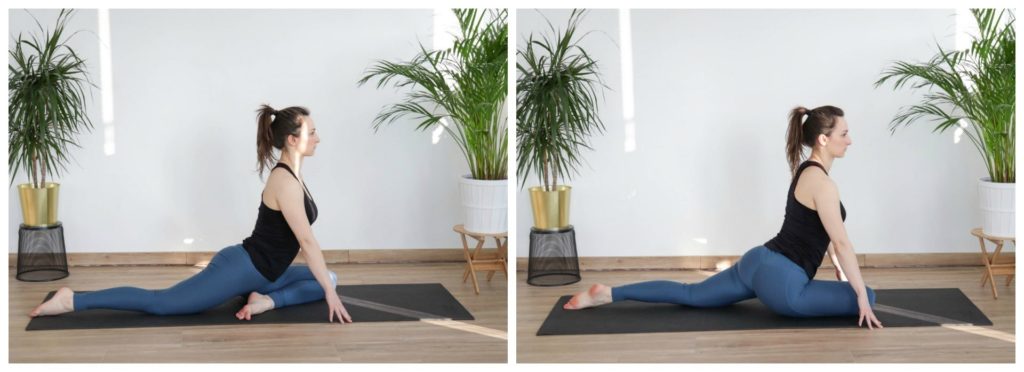
Pretzel Stretch
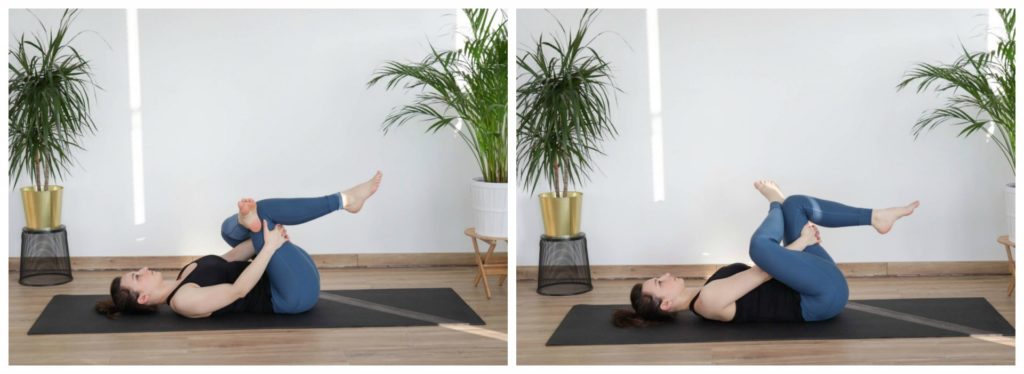
Related read to the Cooldown Mobility Exercises article:
Lower back stretch routine plus Anterior pelvic tilt advice [Update 2022]
Triceps & Shoulder Stretch
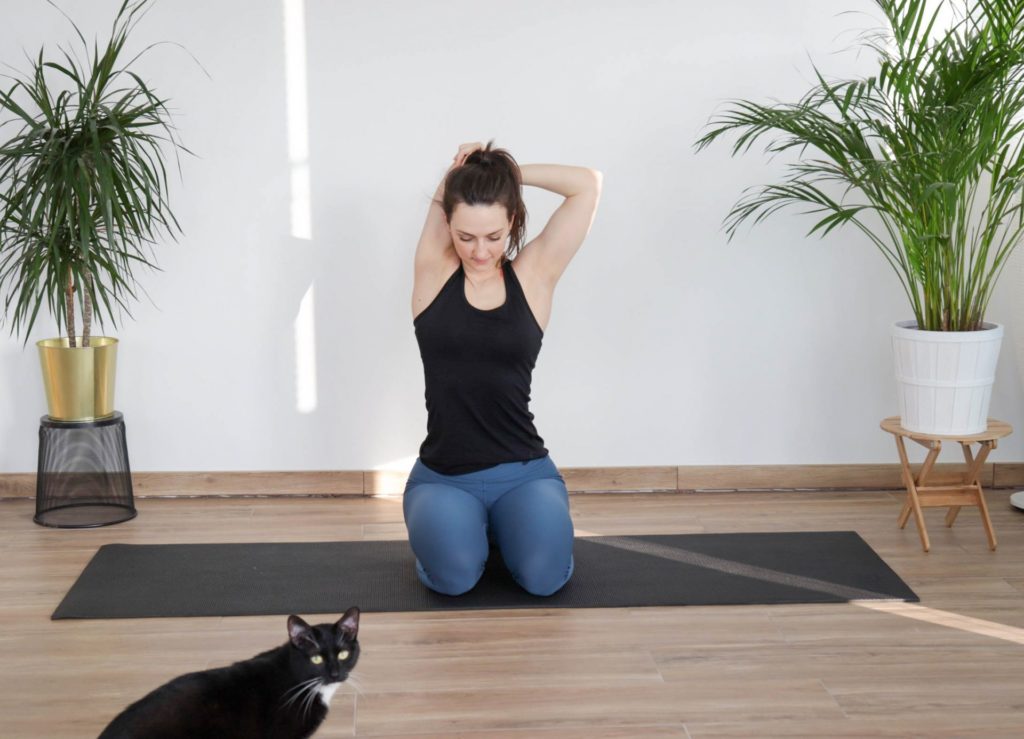
Child’s Pose
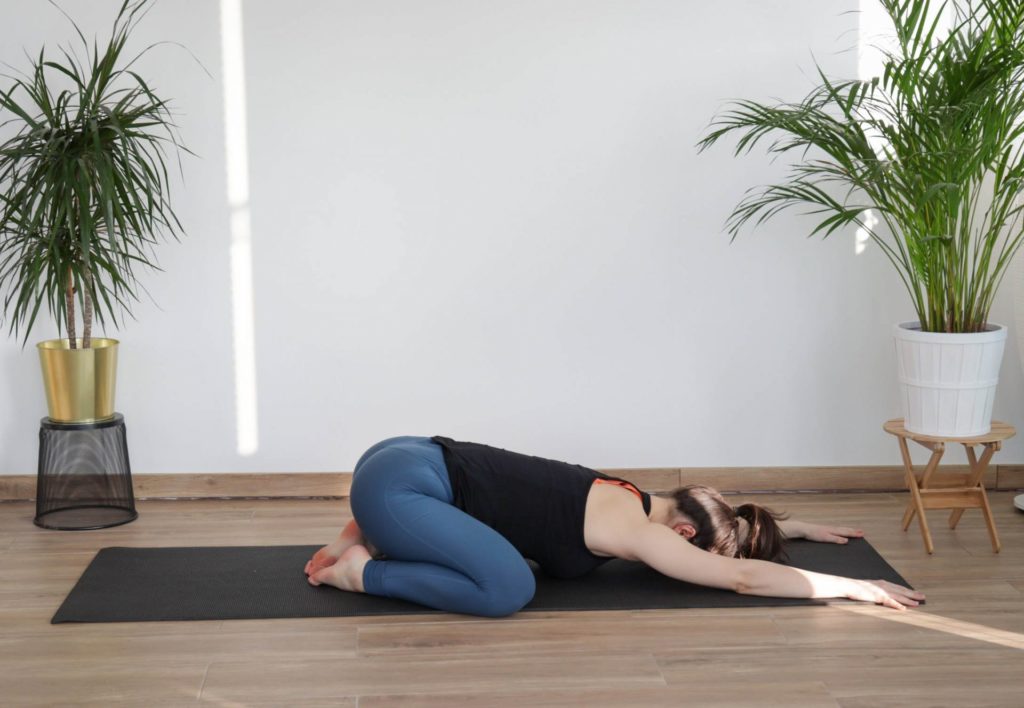
I hope you found that routine enjoyable and helpful!
Ah, and remember – sharing is caring!
Thank you! 🙂
